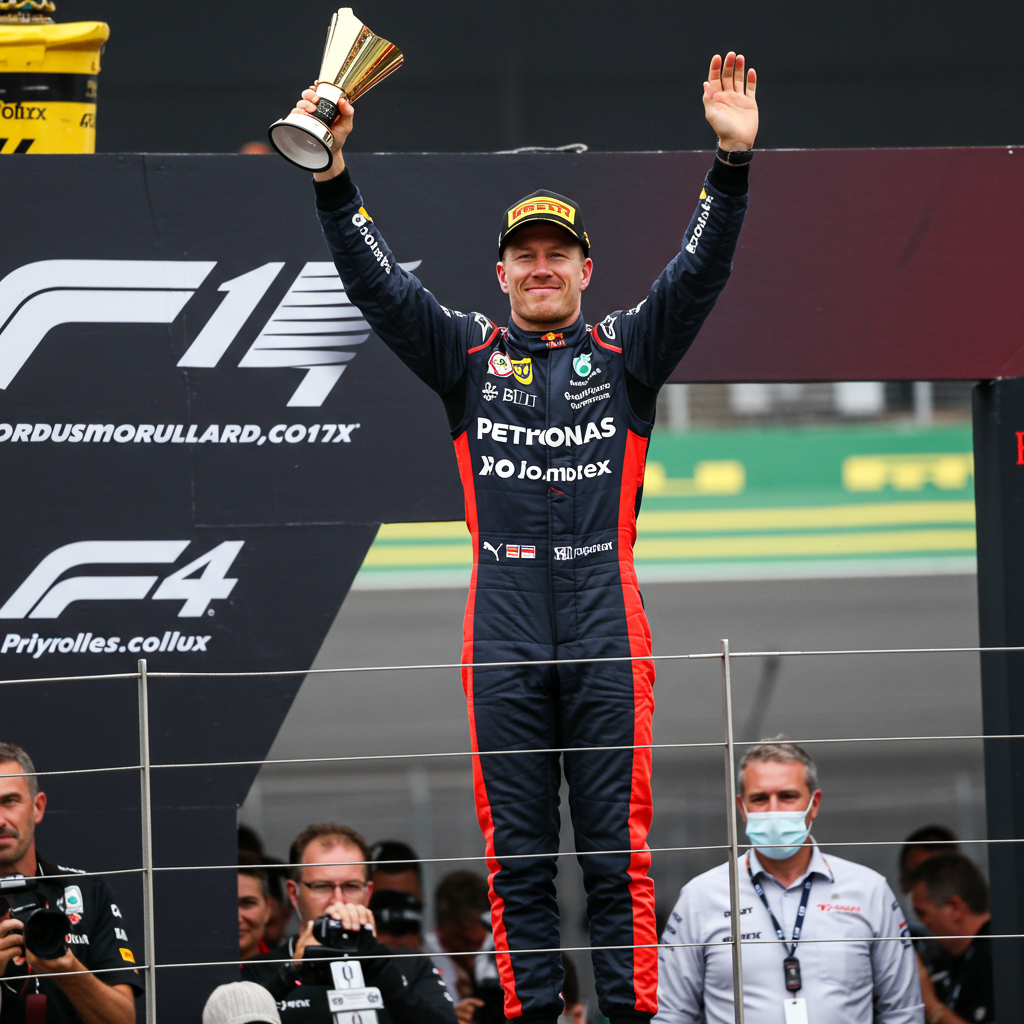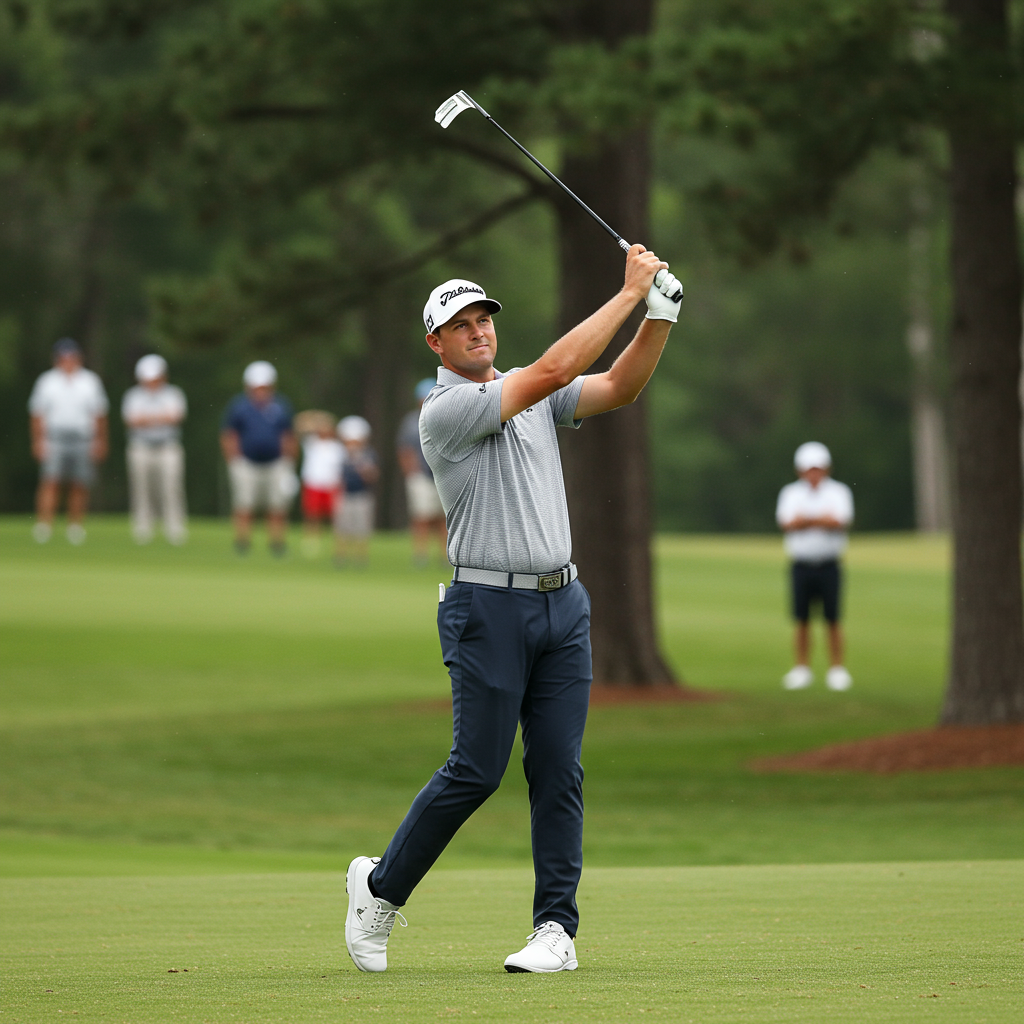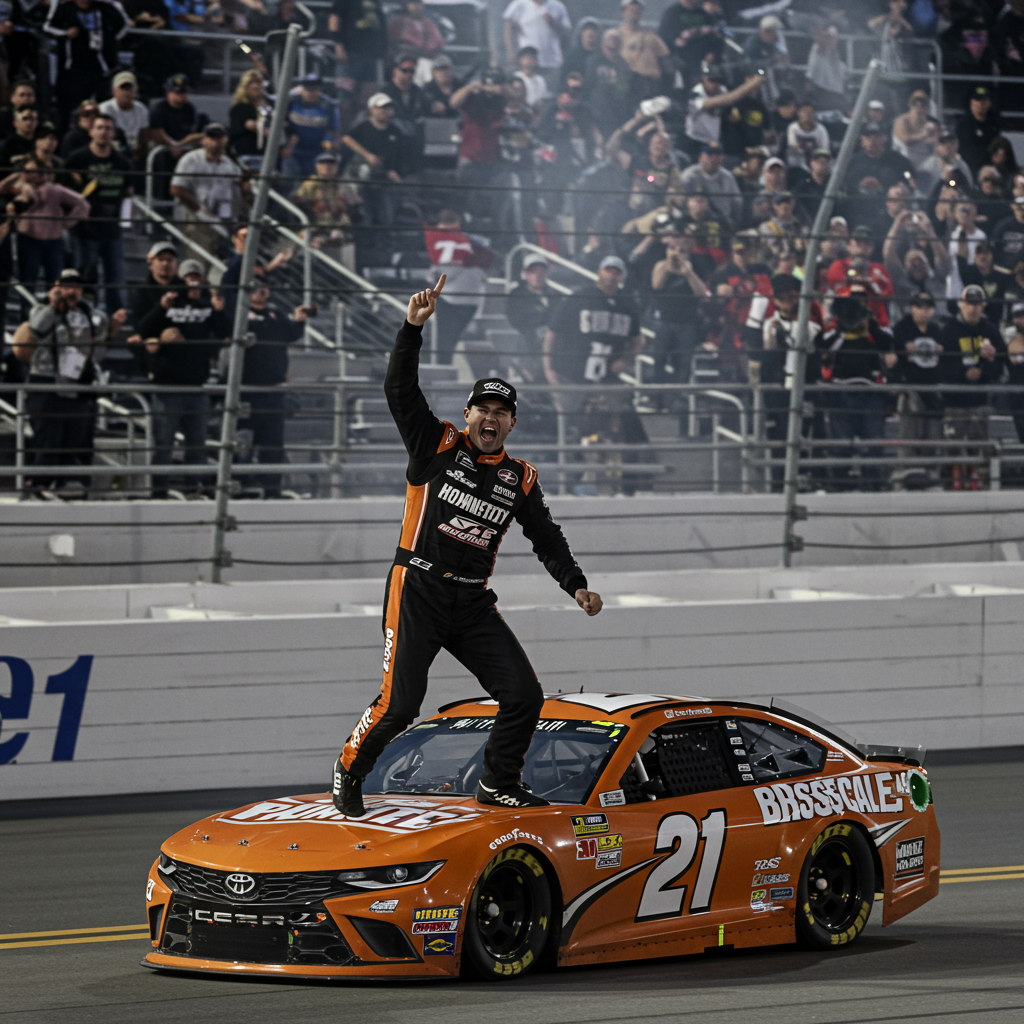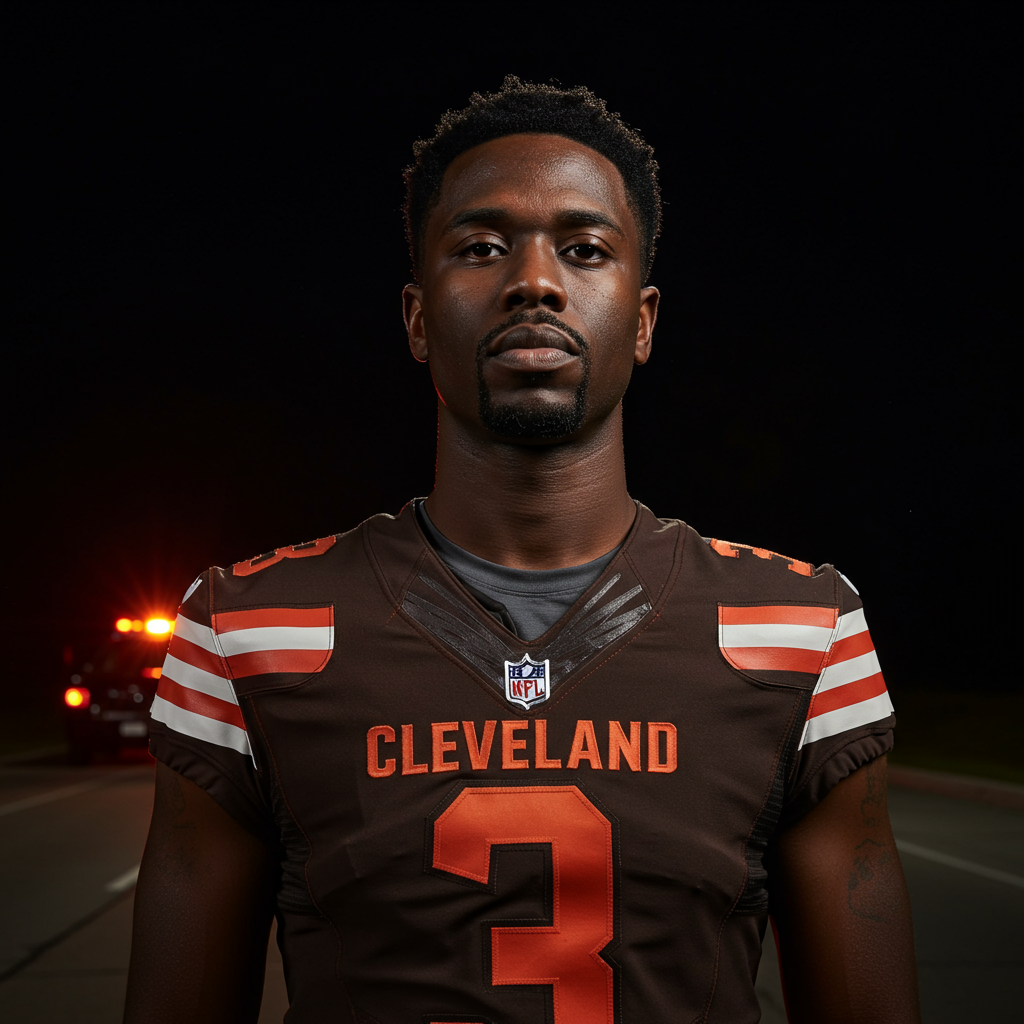After an unprecedented wait spanning 239 career starts, Nico hulkenberg finally stood on a Formula 1 podium. The dramatic 2025 British Grand Prix at Silverstone marked the end of a statistical anomaly, becoming a landmark moment for the veteran German driver. This wasn’t just about correcting a record; it was a spectacular demonstration of strategic brilliance and raw driving talent under extreme pressure. On a rain-lashed Silverstone circuit steeped in history, Hulkenberg navigated treacherous, ever-changing conditions, making audacious calls that forged his unique path to a third-place finish. For years, that elusive top-three spot remained just out of reach, a persistent “near-miss” narrative shadowing an otherwise consistent career. Now, the narrative is finally changed.
Ending Formula 1’s Longest Wait
Reaching 239 Grands Prix without a podium was, until this race, an unenviable and widely discussed record in Formula 1. This statistic defined a significant portion of Hulkenberg’s journey through the sport. The Silverstone result wasn’t merely an update to a number; it represented a hard-fought, genuine achievement. It celebrated the quiet consistency and patient talent of a driver who often operated outside the brightest spotlights. It was the moment a skilled professional seized an opportunity when the odds seemed heavily stacked against him. Many in the paddock, including Sauber Team Principal Jonathan Wheatley, hailed it as “the most overdue podium in F1 history.” This finish perfectly encapsulated the enduring capabilities and resilience that have defined Nico Hulkenberg’s lengthy career. With his podium drought ended, drivers like Adrian Sutil (128 starts), Pierluigi Martini (119 starts), Philippe Alliot (109 starts), Yuki Tsunoda (99 starts), and Pedro Diniz (98 starts) now comprise the top five on the list of drivers with the most F1 starts without a podium.
Overcoming a Challenging Start
Hulkenberg’s exceptional race performance at Silverstone almost seemed contradictory, especially given his struggles the previous day. Saturday’s qualifying session had been particularly challenging, failing to live up to the expectations for a driver known for his strong single-lap pace. Starting from P19 on the grid, after being beaten by rookie teammate Gabriel Bortoleto in Q1, set a difficult stage. Similar to a previous race in Austria, he reported a lack of front-end confidence, struggling to attack corners aggressively. This tough qualifying session led many to anticipate a difficult race day, making the subsequent charge through the field truly remarkable and Sauber’s lowest-ever starting position for a podium finish in their 32-year history.
Mastering Silverstone’s Shifting Conditions
What was originally expected to be a dry race dramatically transformed just before the start. Heavy rain began falling, turning the iconic Silverstone circuit into a wet-weather lottery. This sudden shift immediately rendered pre-race strategies obsolete. Such volatile conditions inherently create opportunities but demand razor-sharp instincts and the courage to make high-stakes gambles. Success depends entirely on executing the right move at the precise moment, requiring constant monitoring of the weather, clear communication, and perhaps, a touch of good fortune. This unpredictability is precisely where strategic brilliance shines, and costly errors are exposed.
The Initial Prudent Call
From the very beginning, Hulkenberg maintained constant communication with his race engineer, Steven Petrik. They worked together to analyze the rapidly changing situation and determine the optimal strategic approach. As the track dampened rapidly before the start, the question arose: should they gamble on immediately switching to slick tyres? Hulkenberg’s assessment was decisive: the circuit was still far too wet for slicks, deeming it “too aggressive.” He held his standard grid position, starting on intermediate tyres. This initial decision not to pit before the start proved crucial, avoiding an early misstep that could have instantly compromised his race before it even began.
The Critical Intermediate Tyre Struggle
The early laps of the race were punctuated by virtual safety cars, which limited running and slowed the overall pace. While this restricted the chance for cars to clear standing water and dry the track quickly, the asphalt did begin drying rapidly in certain areas, particularly on the racing line. For drivers still circulating on their original set of intermediate tyres, this presented a significant problem: the abrasive, drying surface caused rapid tyre wear and degradation.
Hulkenberg felt this struggle intensely. Keeping the Sauber car planted became increasingly difficult. He actively sought out any remaining wet patches on the track to try and cool his heavily stressed tyres. The wear was so aggressive that camera footage from his car clearly showed large rubber shavings peeling off the front-left tyre. Competitors like Lewis Hamilton also noted how “snappy” and difficult their cars were to drive in these mixed, drying conditions, contributing to strategic dilemmas.
Team Hesitation and the Slicks Temptation
Despite the clear signs of a drying track, few teams or drivers were willing to commit to dry slick compounds at this stage. Lance Stroll provided an early indicator of the track’s readiness by pitting for soft slicks during a second VSC period, managing to quickly regain lost time. Petrik queried Hulkenberg about potentially stopping for medium slicks, but the driver chose to remain out. His reasoning was sound: the pace in the crucial final sector was still too slow at that exact moment to effectively keep slick tyres warm and functioning. Compounding the hesitation, teams were receiving weather forecasts predicting the imminent return of rain within minutes. Teams like Sauber risked needing two quick pit stops – one for slicks, then another back to intermediates – if the rain reappeared immediately after switching. Around lap 8, Hulkenberg was indeed told that rain was expected back in approximately three laps.
The Decisive Moment: Overruling the Pit Wall
It was precisely in this tense, uncertain context, with conflicting signals about the weather, that the pivotal behind-the-scenes moment occurred. The Sauber team was considering bringing Hulkenberg in for a second set of intermediate tyres, anticipating the incoming rain would severely punish those still on worn-out rubber. However, their initial instruction to Hulkenberg on lap 9 was to stay out and wait for more definitive information on the evolving weather situation. This was primarily to avoid the possibility of wasting a fresh set of intermediates if the forecast proved incorrect or the rain held off longer.
But Hulkenberg could feel the dire state of his tyres firsthand. They were beyond their best. Acting with conviction and taking immediate control of the situation, he overruled the team’s instruction. At the very last moment, he spontaneously turned into the pitlane entry. His radio call was blunt, urgent, and clear: “These tyres are fucked. Box. I’m coming to the box.” Fortunately, his Sauber mechanics had received a heads-up that this kind of assertive, unplanned call was a possibility and were prepared to react instantly. Their garage’s favourable position near the pitlane exit also provided a small but valuable advantage.
Capitalizing on Fresh Rubber
This bold, driver-led decision proved absolutely decisive in the outcome of the race. In the critical few laps immediately following his unexpected pit stop, running on brand-new intermediate tyres, Hulkenberg’s lap times improved dramatically. His pace surged demonstrably. He even registered the fastest time in the crucial final sector of the circuit, gaining over two seconds on competitors who had remained out on their heavily worn intermediates.
To illustrate the impact of this pace gain: in just that final sector alone, Hulkenberg gained nearly three seconds on Lewis Hamilton during the very lap immediately after his pit stop. He continued to gain significant time on the following lap. This timing was perfect, as other drivers were then forced to dive into the pits themselves due to the predicted second wave of rain finally arriving. While rivals grappled with old tyres in worsening conditions, Hulkenberg was flying on fresh rubber.
Securing and Defending the Podium
That crucial period on fresh intermediate tyres is where the podium challenge truly materialized. Had Hulkenberg not made that assertive, early stop, he would not have built enough of a time buffer or gained the essential track position. When the second wave of rain forced rivals like Hamilton, Pierre Gasly, and Fernando Alonso into the pits for their own fresh intermediates, Hulkenberg had already circulated fast enough and gained enough time to rejoin the track ahead of them. Instead of being stuck in traffic, battling for minor points somewhere in the midfield, he found himself with valuable clear air, elevated into a genuine podium-contending position.
Those extra laps on fresh tyres were instrumental not only in leapfrogging a crowded mid-pack but also in building the necessary track position to finally fight for the top-three finish he had chased relentlessly. In the second half of the race, he solidified his position, executing overtakes including a pass on Lance Stroll for third place. He then managed his pace masterfully, maintaining a healthy gap to a chasing Lewis Hamilton in the closing laps, even as Hamilton struggled with his car and Ferrari’s strategy. His strong pace also put pressure on rivals, perhaps contributing to Ferrari’s decision to pit Carlos Sainz for slicks a lap earlier than ideal in response.
Maintaining Control Until the End
Nico Hulkenberg continued to demonstrate assertiveness and clear thinking on the team radio throughout the remainder of the race. When it came time for his own final stop to switch to dry slick tyres, responding to Hamilton’s move, he specifically requested the medium compound. His reasoning was sound: given the still partially damp track and the remaining race distance, the medium tyre offered slightly better initial response and predictability compared to the soft. While a visible dry line eventually formed, navigating it precisely lap after lap remained a high-wire act, demanding continuous concentration and fine control in the tricky, drying conditions.
His maiden podium at the British Grand Prix was the culmination of years of perseverance, consistency, and undeniable talent. But crucially, it was anchored by a singular moment of bold, driver-led strategic conviction in the chaos of the race. This assertive call, perfectly aligned with the unpredictable conditions, will undoubtedly be remembered as the day Nico Hulkenberg truly called the shots to break his long-awaited podium duck. Team Principal Jonathan Wheatley aptly summarized the performance as a “masterclass,” one of the best drives seen at Silverstone and potentially one of the best ever, stating his belief that Hulkenberg is capable of even winning races with the right car. Max Verstappen, a close friend, also expressed immense happiness for his fellow driver’s long-overdue success.
Frequently Asked Questions
Why did Nico Hulkenberg’s first F1 podium take 239 races?
Nico Hulkenberg had a remarkably long career spanning 239 Formula 1 starts before finally achieving his first podium at the 2025 British Grand Prix. While consistently showing talent and often scoring solid points, his career included several near-misses and periods in less competitive machinery across various teams (Williams, Force India, Sauber, Renault, Aston Martin, Haas). This combination prevented him from securing a top-three finish until this landmark race, making his the longest wait for a maiden podium in F1 history until he broke the record.
What was Nico Hulkenberg’s critical strategic decision at the British GP?
The most crucial and driver-asserted strategic decision occurred on lap 9 during the chaotic, rain-affected British Grand Prix. Despite his team initially instructing him to remain out on worn intermediate tyres while they assessed the weather, Hulkenberg felt his tyres were severely degraded and losing significant performance. He confidently overruled the pit wall’s call, making an immediate, unscheduled pit stop for a fresh set of intermediate tyres based on his own intuition and feel for the car’s state.
How did Nico Hulkenberg’s strategy gamble lead to his podium finish?
Hulkenberg’s bold decision to pit for fresh intermediates on lap 9 proved instrumental. The new tyres immediately unlocked dramatic pace, allowing him to set significantly faster lap times than rivals struggling on worn rubber, gaining seconds per lap, especially in the final sector. This rapid improvement built a critical buffer just before the forecast rain arrived. When competitors like Lewis Hamilton and Pierre Gasly were forced to pit for fresh intermediates due to the worsening conditions, Hulkenberg had already gained enough time and track position to rejoin the circuit ahead of them, securing the vital track position needed to convert his pace into a podium challenge and ultimately hold off rivals for third place.
Word Count Check: 1176




